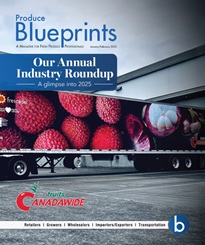A pair of lawmakers are raising concerns that grocers could start using electronic shelf labels (ESLs) to gouge consumers or start charging so-called “surge” prices.
The letter was directed at Kroger specifically, hinting at the company’s usage of customer data and personalized customer experience.
“I am concerned about whether Kroger and Microsoft are adequately protecting customers’ data, and that as Kroger expands personalized customer experience, customers will ultimately be offered a worse deal,” the letter said.
Retailers have been implementing ESLs for years. Whole Foods is the first major retailer I can recall seeing using them, and big names like Hy-vee and Schnucks are joining the ranks. The biggest of them all – Bentonville, AR-based Walmart – announced in June that it plans to use them in 2,300 stores.
While I recognize that Kroger is a master at capturing customer data and insights, this hubbub seems more like a headline-grabbing stretch than reality. Remember when Wendy’s came under fire for its dynamic menu board? The media picked up on “surge pricing” and executives were quick to clarify that the digital menu boards were being used to switch menus based on the time of day, and for special offer discounts.
Most fast food chains are desperate to lure customers back in with deals. It wouldn’t make business sense to raise prices right now.
ESLs take away one of the most tedious tasks at a grocer. Changing paper price tags is extremely time-consuming, and the ability to click a button and switch up the prices when the weekly ad goes into effect saves valuable labor hours, one of the biggest challenges for any retailer.
Could grocers use ESLs to enact “surge” pricing? Possibly. But one of the best cases I’ve heard of for the technology is actually to drop prices – and prevent food waste.
Retailers that adjust pricing depending on inventory and expiration date saw a 21 percent reduction in waste and an increase in gross margin by 3 percent.
Deploying dynamic pricing via ESLs facilitates this process. As product labels evolve, more information will take it even further.
They’ve also been used to offer special discount shopping hours for protected groups like senior citizens.
So, while I think a look into rampant shrinkflation in grocery could be warranted, we can probably cool it on the luddite view of ESLs.



